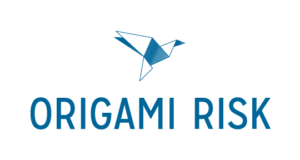April 17 | 12:00 pm – 1:00 pm EST
As artificial intelligence (AI) becomes a greater part of our professional lives, what does a public risk manager need to know to make the best decisions on how and when to utilize AI tools in the workplace? This webinar will look at ways to make AI work for you and your staff. We will also discuss the risk associated with utilizing AI tools, and how to identify the "sweet spot" where AI and human interaction work in tandem for maximum efficiencies and results. Finally, we will discuss ways to measure effectiveness and value of AI platforms.
Attendee Takeaways:
- Better understanding of how AI usage has revolutionized the public risk sector
- Discussion of some of the AI tools that are of value to the public risk sector
- Considerations (pros and cons) when introducing AI tools into the workplace
- Ways to measure value/ROI of AI tools
Sponsored by
Presenter

Karl Miller, VP, Sales and Compliance, American Computer Estimating
Karl is a claims professional with three decades of experience overseeing implementation of products and services for over 200 insurance and public risk sector business partners nationwide. He is also responsible for ensuring legal compliance in claims handling and consulting on technological advances in the claims industry. He has spoken and been published on topics in the auto claims industry, including utilization of AI tools, diminished value and legal decisions affecting claims handling.








